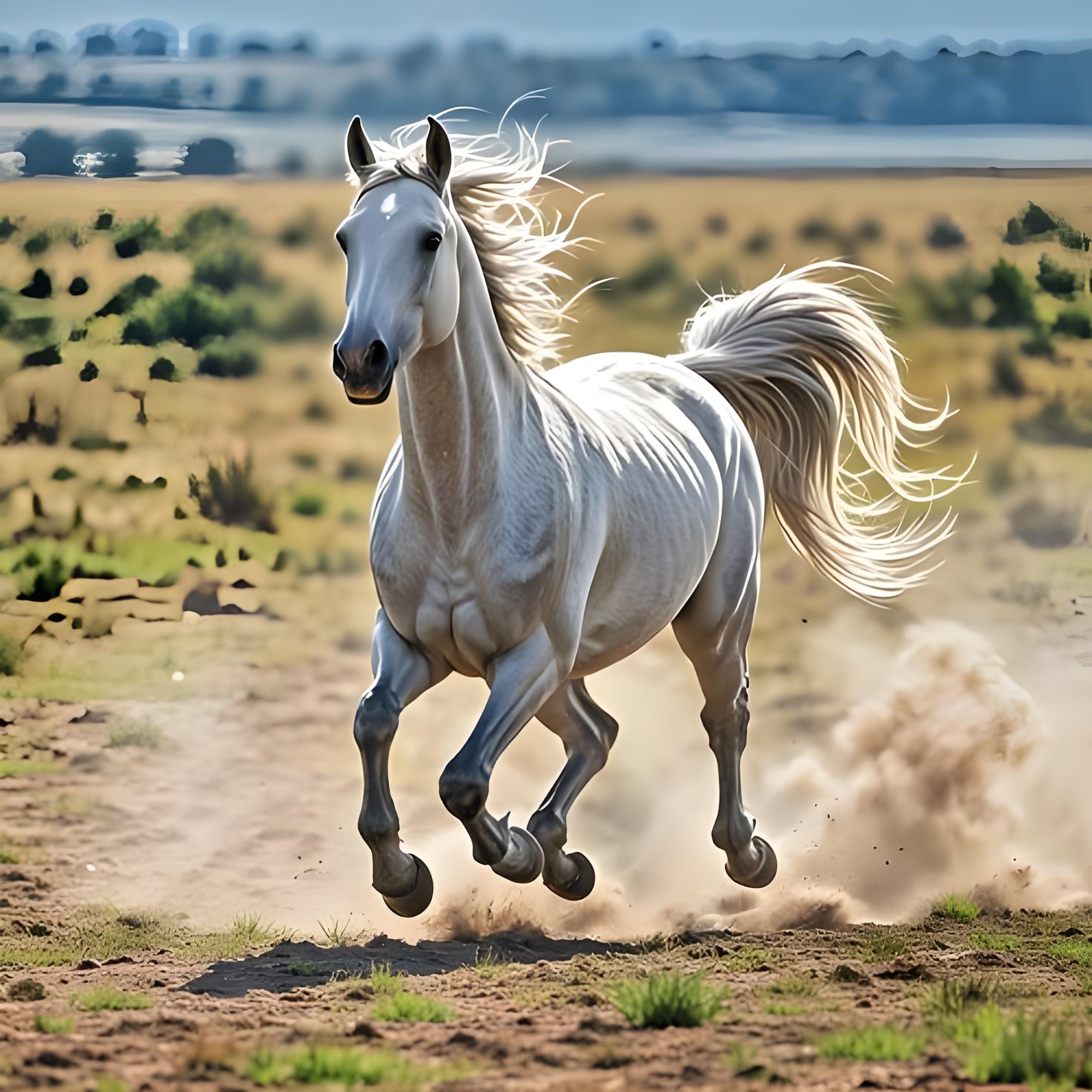
AI Magic: Turn a Whale into a Mechanical Fish – The Future of Marine Tech
I Used AI to Turn the Whale in the Picture into a Mechanical Fish in the Video
In an era where technology is advancing at an unprecedented pace, our lives are being transformed in ways once confined to the realm of science fiction. Today, I embark on a journey to illustrate the sheer power of modern technology by turning a picture of a whale into a mechanical fish in a video. This endeavor not only showcases the convenience and innovation brought about by technology but also underscores its potential to reshape our world.

The Magic of AI and Technology
The whale in the picture, with its majestic presence and graceful movements, serves as the perfect canvas for this technological marvel. By leveraging advanced AI algorithms, we can capture every intricate detail of the whale's appearance, from the texture of its skin to the patterns on its body. These high-resolution images are then processed to create a 3D model that mimics the whale's form with uncanny accuracy.
Bringing the Whale to Life
The next step involves animating this 3D model using motion capture technology. By analyzing the whale's swimming patterns, tail movements, and interactions with its environment, we can replicate these movements in a lifelike manner. The result is a mechanical fish in the video that moves with the same elegance and fluidity as the original whale. This transformation is a testament to the incredible capabilities of modern AI and motion capture technology.
The Impact on Our Lives
The ability to turn a static image into a dynamic video is just one example of how technology is making our lives more convenient and entertaining. From immersive virtual reality experiences to advanced educational tools, the applications of this technology are endless. Imagine being able to explore the ocean and interact with marine life in a way that was previously impossible—all thanks to the power of AI.
Revolutionizing Marine Biology
Moreover, this technology has the potential to revolutionize the field of marine biology. Researchers can now study the behavior and movements of whales and other marine creatures using realistic simulations, without the need for invasive methods. This can lead to a better understanding of marine ecosystems and the development of more effective conservation strategies, ultimately contributing to the preservation of our planet's natural wonders.
Conclusion
In conclusion, the journey of turning a whale in a picture into a mechanical fish in a video is a remarkable achievement that highlights the incredible power of modern technology. It not only enhances our entertainment and educational experiences but also has the potential to drive scientific advancements and improve our understanding of the natural world. As technology continues to evolve, we can only imagine the innovative applications that will emerge, further transforming our lives in ways we have yet to fathom.





